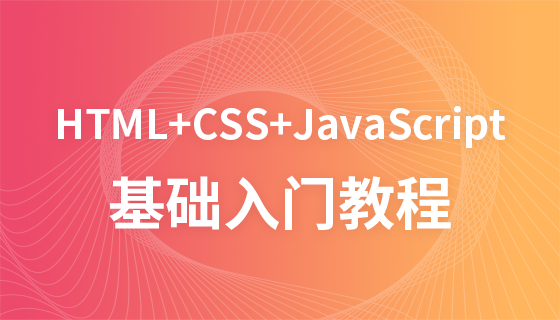使用结构体和指针可实现链表的增删改查。定义含数据域和指针域的Node结构体,通过头插、尾插、删除、遍历等操作管理节点,注意动态内存释放以避免泄漏。

在C++中,使用结构体实现链表是一种常见且高效的方法。链表由一系列节点组成,每个节点包含数据和指向下一个节点的指针。通过结构体可以清晰地定义节点的结构,再配合指针操作实现链表的增删改查功能。
首先定义一个结构体 Node,包含数据域和指向下一个节点的指针:
struct Node {
int data; // 数据域,可改为其他类型
Node* next; // 指针域,指向下一个节点
<pre class='brush:php;toolbar:false;'>// 构造函数,方便初始化
Node(int value) : data(value), next(nullptr) {}};
构造函数用于简化节点创建,避免手动赋值。
立即学习“C++免费学习笔记(深入)”;
链表常用操作包括插入、删除、遍历等。以下是核心操作的实现方式:
// 头插法插入新节点
void insertAtHead(Node*& head, int value) {
Node* newNode = new Node(value);
newNode->next = head;
head = newNode;
}
<p>// 在链表末尾插入节点
void insertAtTail(Node<em>& head, int value) {
Node</em> newNode = new Node(value);
if (head == nullptr) {
head = newNode;
return;
}
Node* temp = head;
while (temp->next != nullptr) {
temp = temp->next;
}
temp->next = newNode;
}</p><p>// 删除第一个值为value的节点
void deleteNode(Node*& head, int value) {
if (head == nullptr) return;</p><pre class='brush:php;toolbar:false;'>if (head->data == value) {
Node* temp = head;
head = head->next;
delete temp;
return;
}
Node* curr = head;
while (curr->next != nullptr && curr->next->data != value) {
curr = curr->next;
}
if (curr->next != nullptr) {
Node* temp = curr->next;
curr->next = curr->next->next;
delete temp;
}}
// 遍历并打印链表 void printList(Node head) { Node temp = head; while (temp != nullptr) { cout << temp->data << " -> "; temp = temp->next; } cout << "nullptr" << endl; }
将上述内容整合成一个可运行的程序:
#include <iostream>
using namespace std;
<p>struct Node {
int data;
Node* next;
Node(int value) : data(value), next(nullptr) {}
};</p><p>void insertAtHead(Node<em>& head, int value) {
Node</em> newNode = new Node(value);
newNode->next = head;
head = newNode;
}</p><p>void printList(Node<em> head) {
Node</em> temp = head;
while (temp != nullptr) {
cout << temp->data << " -> ";
temp = temp->next;
}
cout << "nullptr" << endl;
}</p><p>int main() {
Node* head = nullptr;</p><pre class='brush:php;toolbar:false;'>insertAtHead(head, 10);
insertAtHead(head, 20);
insertAtHead(head, 30);
printList(head); // 输出: 30 -> 10 -> 20 -> nullptr
return 0;}
基本上就这些。掌握结构体与指针的配合使用,就能灵活实现链表的各种操作。注意每次 new 出来的节点,在不需要时应使用 delete 释放内存,防止泄漏。
以上就是c++++中如何使用结构体实现链表_c++结构体链表实现方法的详细内容,更多请关注php中文网其它相关文章!

c++怎么学习?c++怎么入门?c++在哪学?c++怎么学才快?不用担心,这里为大家提供了c++速学教程(入门到精通),有需要的小伙伴保存下载就能学习啦!




Copyright 2014-2025 https://www.php.cn/ All Rights Reserved | php.cn | 湘ICP备2023035733号